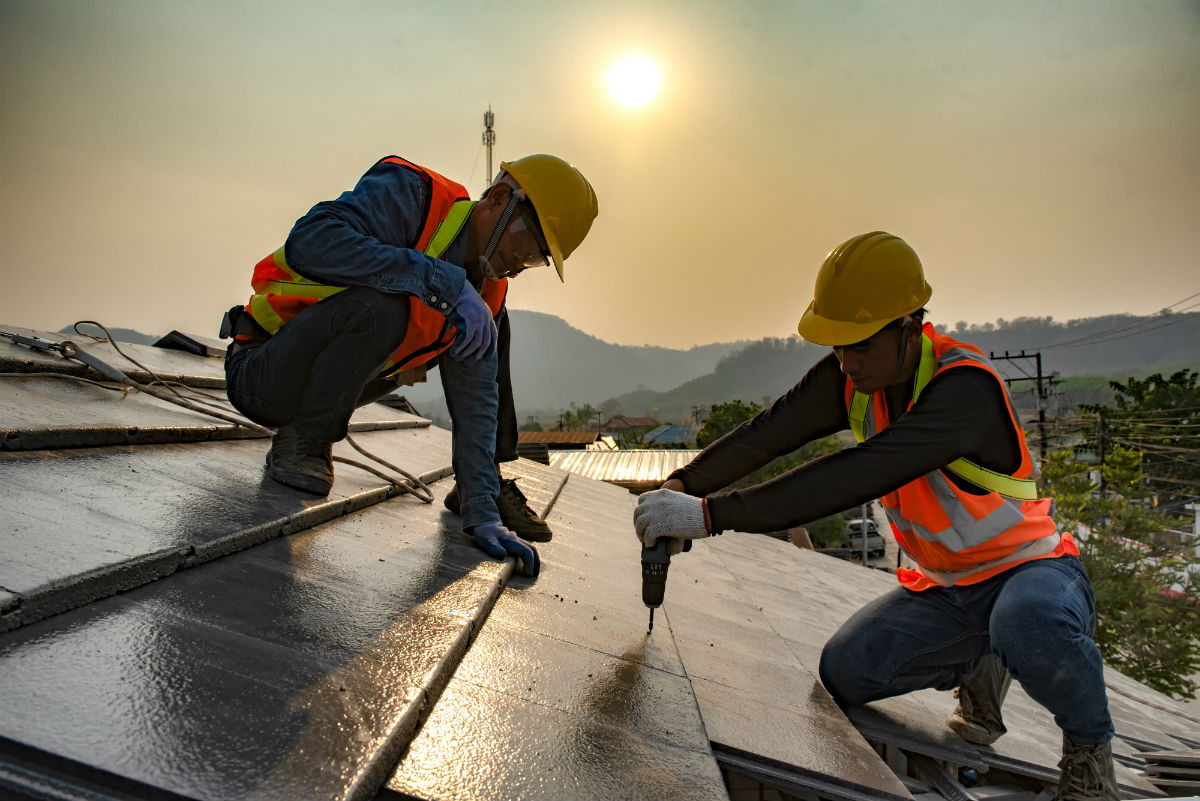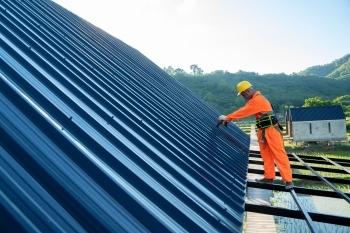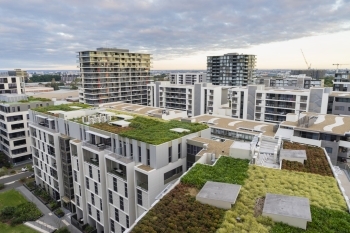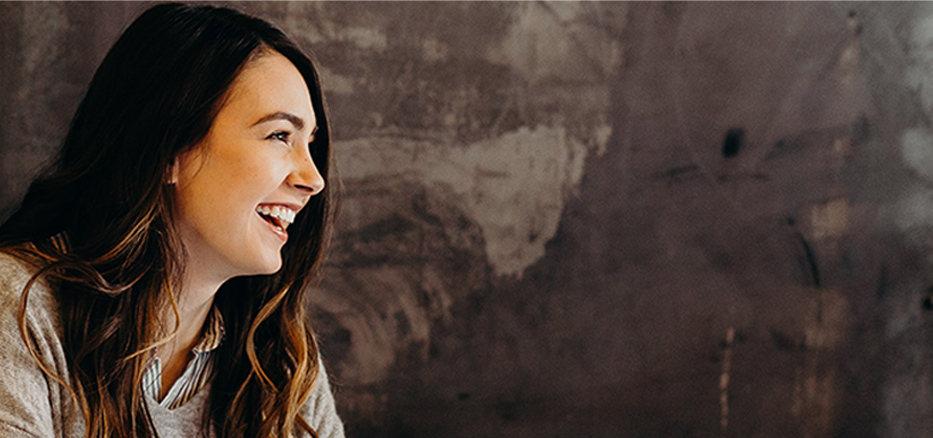
Commercial Roofing Safety: Best Practices and Protocols for Workers
Commercial roofing is a demanding and potentially hazardous profession that requires strict adherence to safety protocols. Roofing workers often face various risks, such as falls, electrical hazards, and exposure to extreme weather conditions. To ensure the well-being of workers and the successful completion of roofing projects, it is crucial to prioritize safety at all times. In this article, we will explore the best practices and safety protocols that every commercial roofing company should implement to protect their workers.
1. Comprehensive Safety Training
Proper safety training is the foundation of a safe commercial roofing work environment. All workers should undergo thorough training before commencing any roofing tasks. Training should cover the proper use of equipment, hazard identification, fall protection measures, emergency procedures, and safe work practices. Regular refresher courses and updates on safety standards should be provided to keep workers informed about any changes in regulations or best practices.
2. Utilizing Personal Protective Equipment (PPE)
Personal protective equipment (PPE) is essential for safeguarding roofing workers from various on-the-job hazards. Employers must ensure that all workers have access to and correctly use appropriate PPE, including helmets, safety goggles, gloves, high-visibility vests, and non-slip footwear. For tasks performed at heights, fall protection gear such as harnesses and lanyards should be used to prevent serious injuries from falls.
3. Conducting Pre-Job Safety Meetings
Before starting any roofing project, conducting pre-job safety meetings is vital to discuss potential risks and safety measures specific to the job site. During these meetings, supervisors can reinforce safety protocols, review the scope of work, and address any concerns raised by the workers. Clear communication and understanding of safety expectations create a safety-focused work environment.
4. Roof Access and Egress
Providing safe and easy access to the roof is crucial for worker safety. Install secure and stable ladders or scaffolding systems to enable workers to access the roof safely. For multi-story buildings, consider using personnel hoists or aerial lifts to transport workers and materials to higher levels. Equally important is having a well-defined emergency egress plan in place to evacuate workers quickly and safely in case of emergencies.
5. Regular Roof Inspections
Performing regular roof inspections ensures that the roofing surface is safe for workers. Inspections should be conducted before starting work and throughout the project to identify any potential hazards, such as weak spots, unstable surfaces, or tripping hazards. Promptly address any issues identified during inspections to maintain a safe working environment.
6. Weather Monitoring
Commercial roofing work is often performed outdoors, making it susceptible to weather-related hazards. Stay informed about weather forecasts and be prepared to halt work during adverse weather conditions such as heavy rain, strong winds, or lightning storms. Temporary weather protection should be provided to safeguard the work area and materials during inclement weather.
7. Communication and Emergency Protocols
Establish clear communication protocols among workers and between workers and supervisors. Two-way radios or mobile phones should be used for effective communication, especially on large job sites. Additionally, ensure that workers are aware of emergency protocols and how to respond in case of accidents, injuries, or other emergencies.
Safety is paramount in the commercial roofing industry, and employers must prioritize the well-being of their workers. By implementing comprehensive safety training, providing appropriate PPE, conducting pre-job safety meetings, and maintaining safe roof access, employers can create a work environment that prioritizes safety at all times. Regular roof inspections, monitoring weather conditions, and clear communication protocols are essential components of a successful safety program. Emphasizing safety best practices and protocols not only protects roofing workers from harm but also enhances the overall efficiency and productivity of commercial roofing projects.






